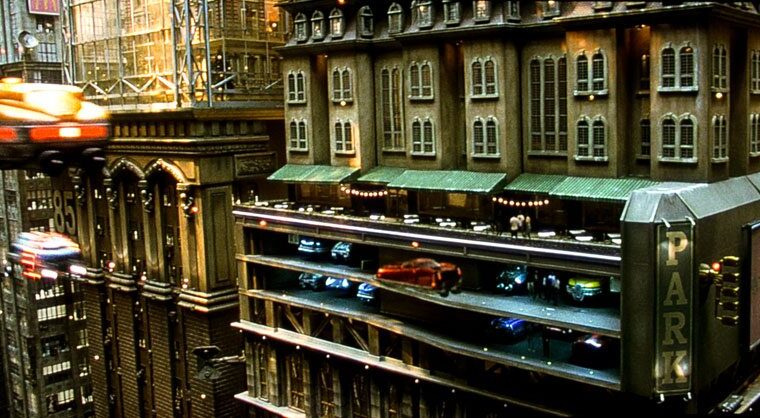Well, out of the box is all we looked at, in as much as we did not have time to calibrate this projector. I don’t believe all the color tables were finalized yet, because Cinema Film 1 and 2 seemed the same, whereas normally, on other Sony projectors, they are a bit different. Still, I watched Cinema Film 1, Reference, and Bright Cinema extensively, and also a bit of Bright TV.
Reference looked the best in the sense of most faithful reproducer of the content, but Cinema Film 1 was set to have a bit more pop to the image. Bright Cinema had even more pop, so it was a good bit better on tackling ambient light, even if that mode really isn’t any brighter than the others.
The images on this page: If you are looking at a photo of a 4K movie (HDR, BT2020), those photos will be either Reference or Bright Cinema mode. Other than in sequences where I’m showing all the different modes on the same scene, those were the only two modes used for the 4K movies, or, for that matter, the 1080p ones.
For the most part, I didn’t shoot many 1080p Blu-ray images, sticking mostly to 4K movies. The major exception being the usual Casino Royale photos of Bond under different lighting, and a few other shots from that movie. Any others are where I shot the same scene on 4K and 1080p.
For HDTV, a few of the images are Reference, but the bulk of them are Cinema Film 1, or Bright Cinema. There are, I think, only a couple of sports images shot in Bright TV. I found that mode to be a bit too cool, even though I like some extra blue (or less red) in my sports viewing vs movie viewing. That tends to help when there’s ambient light present, and when I’m watching sports, there always is.




